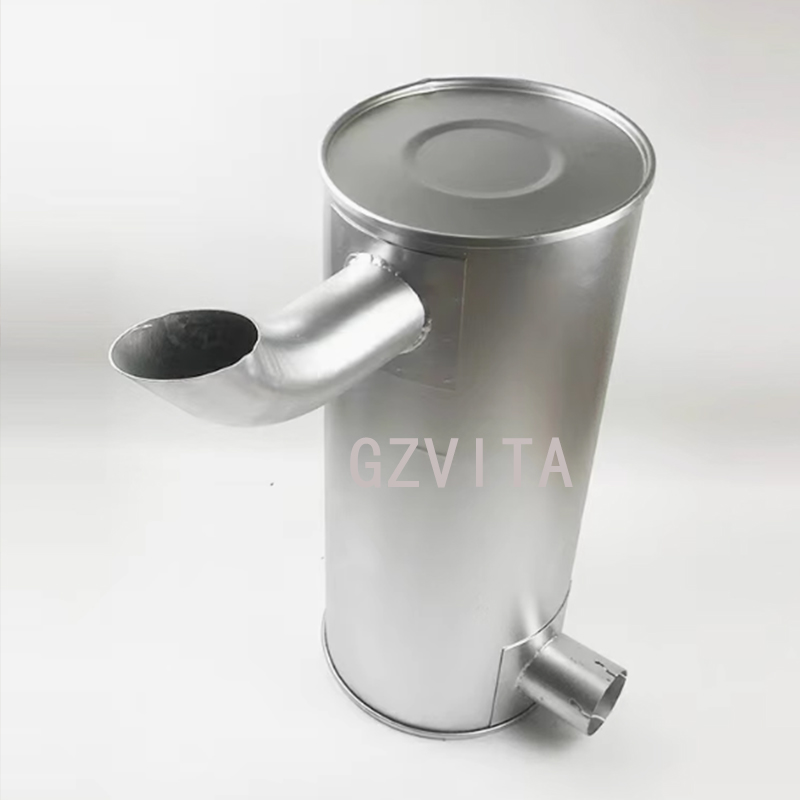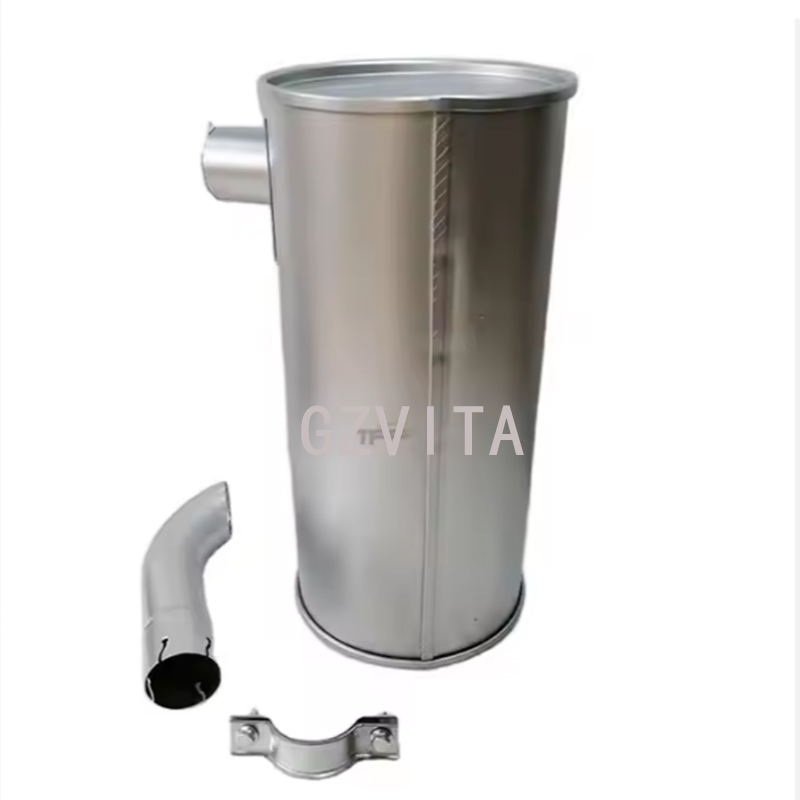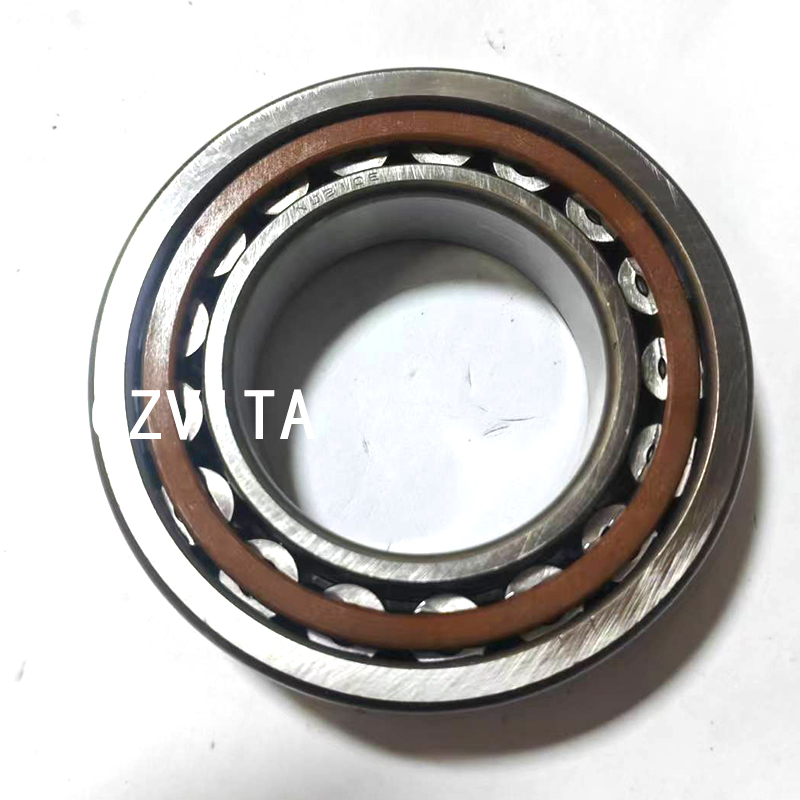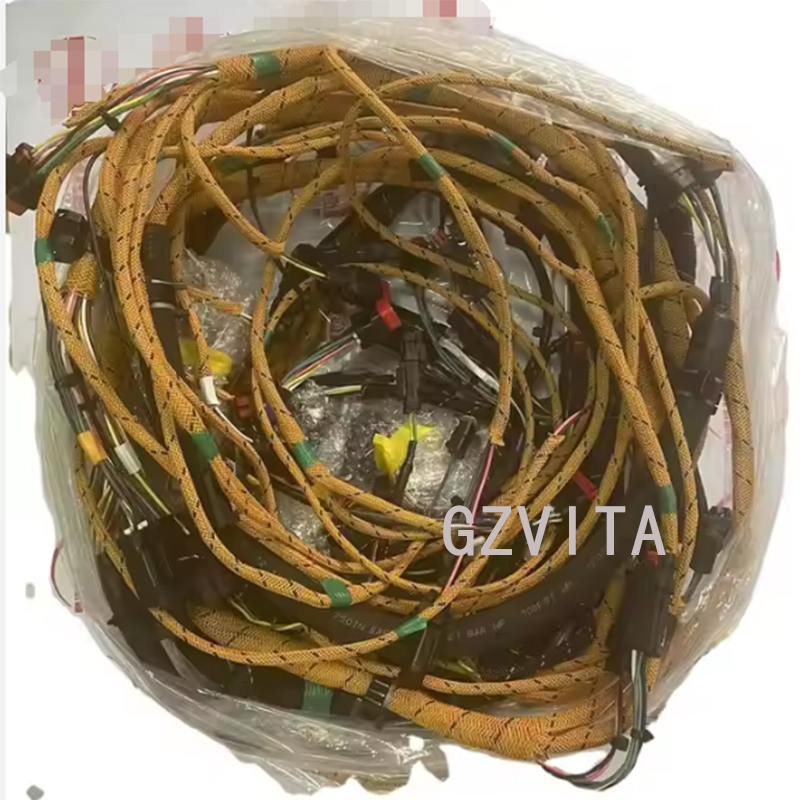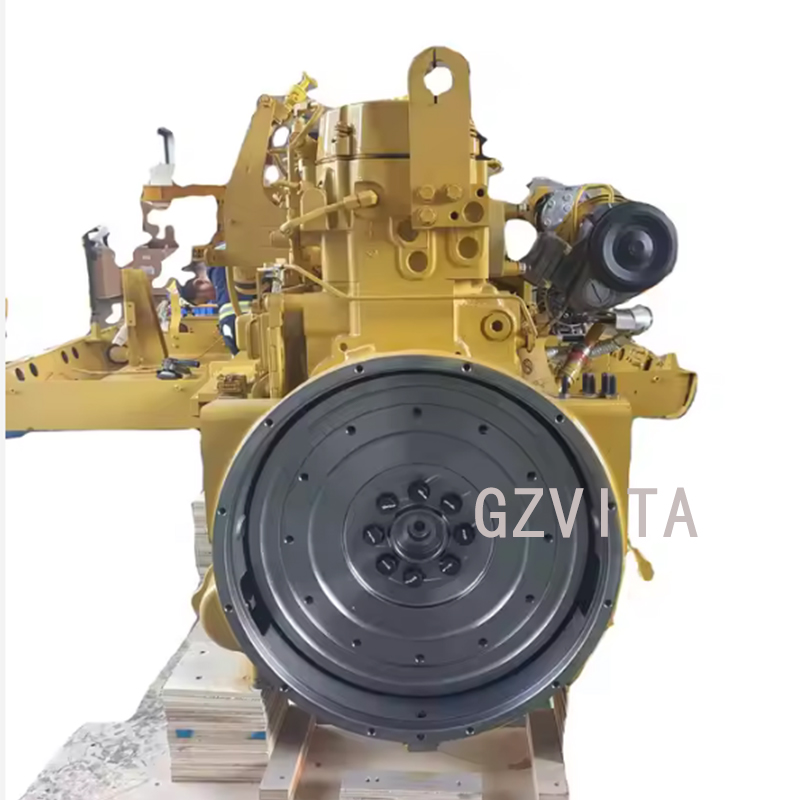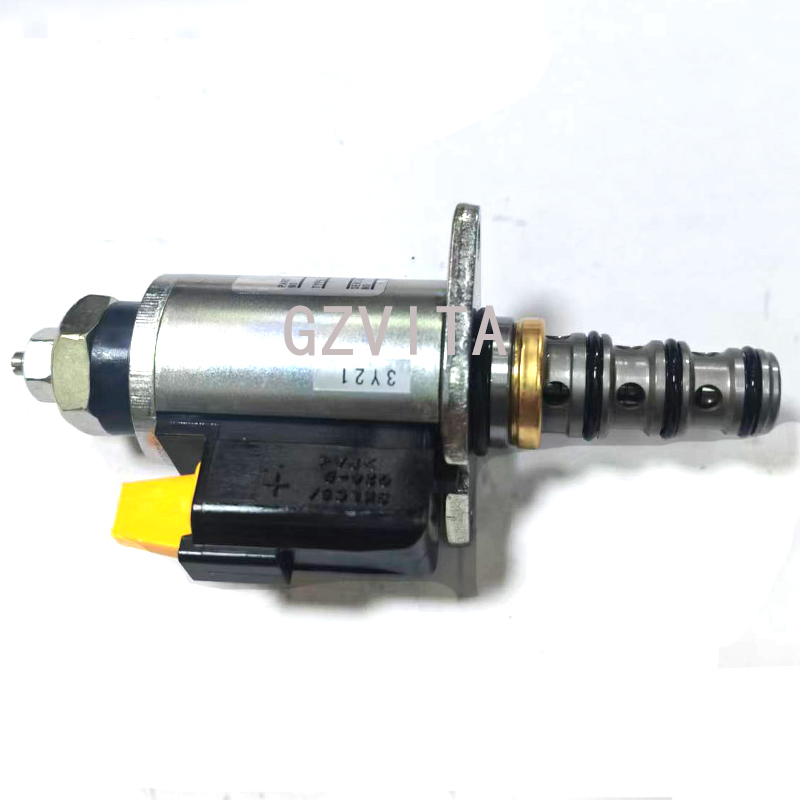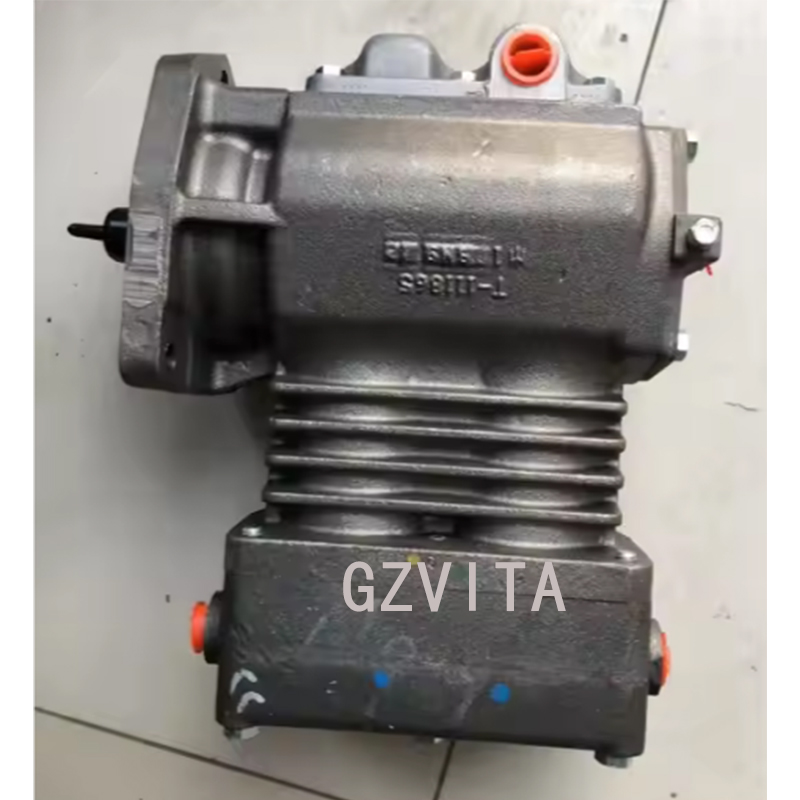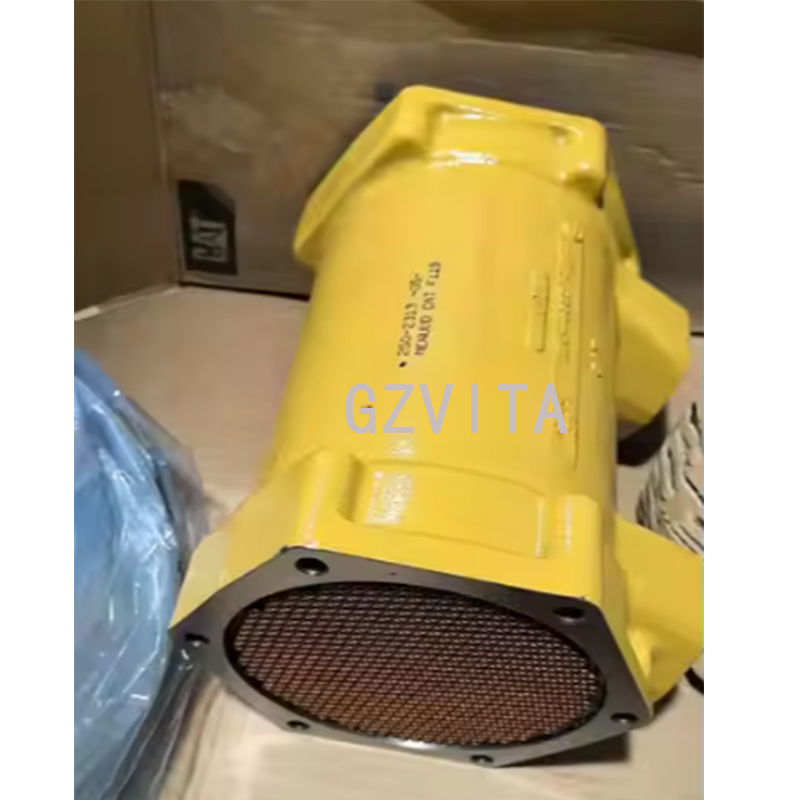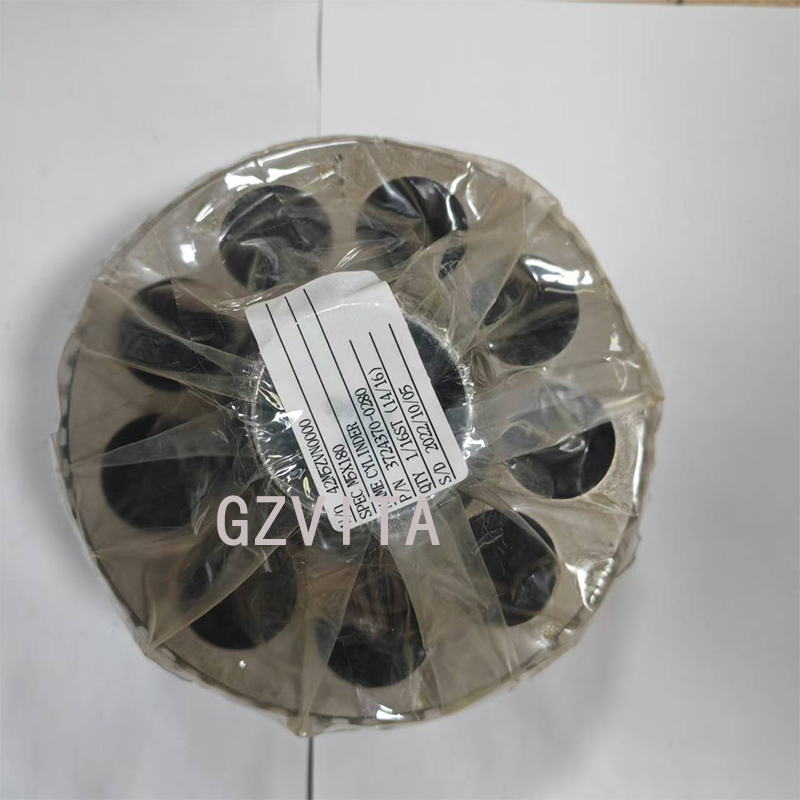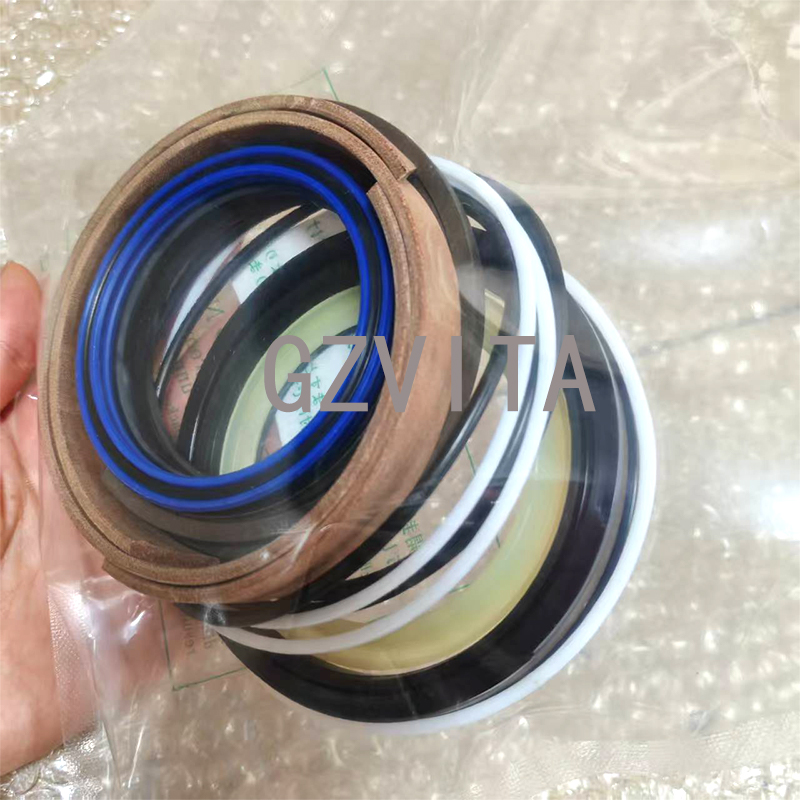 +86 13794985240
+86 13794985240
Heavy Duty Bucket 207-934-D605 For Excavator PC360-8M0
How to Use a Heavy-Duty Bucket on an Excavator
A heavy-duty bucket is designed for tough applications, such as digging, lifting, and moving heavy materials like soil, gravel, and debris. Proper use of a heavy-duty bucket can enhance productivity and ensure the safety of the operator and the machine. Here’s a step-by-step guide on how to effectively use a heavy-duty bucket on an excavator:
Step-by-Step Guide
Familiarize Yourself with the Bucket:
Understand the specifications and capabilities of the heavy-duty bucket. Check the bucket’s capacity, weight, and any specific features (e.g., teeth, cutting edge) that may affect its performance.
Pre-Operation Checks:
Inspect the Bucket: Before use, inspect the bucket for any signs of wear, damage, or loose components. Check the cutting edge and teeth for wear and ensure they are securely attached.
Check Hydraulic Connections: Ensure that the hydraulic connections to the bucket are secure and free of leaks.
Adjust the Excavator Settings:
Set the excavator to the appropriate mode for the task at hand. This may include adjusting the hydraulic flow rate or sensitivity settings to match the bucket’s requirements.
Position the Excavator:
Position the excavator close to the work area, ensuring that you have a clear line of sight and enough space to operate. Make sure the ground is stable and level.
Using the Bucket
Lower the Bucket: Use the joystick controls to lower the bucket to the ground. Ensure that the bucket is flat against the surface for effective digging.
Digging: To dig, pull the bucket towards you while simultaneously lowering it into the material. Use a smooth, controlled motion to avoid sudden jerks that could damage the bucket or the machine.
Lifting: Once the bucket is filled, raise it by pulling back on the joystick. Ensure that the load is balanced and that you maintain control of the excavator.
Transporting: When moving to a new location, keep the bucket close to the ground to maintain stability and visibility. Avoid lifting the bucket too high, as this can affect the center of gravity and increase the risk of tipping.
Dumping the Load:
Position the bucket over the desired dumping area. Tilt the bucket forward using the joystick to release the load. Ensure that the area is clear of obstacles and personnel before dumping.
Repeat as Necessary:
Continue the digging, lifting, and dumping process as needed. Maintain awareness of your surroundings and adjust your operations based on the terrain and material conditions.
Post-Operation Checks:
After completing the work, inspect the bucket and the excavator for any signs of wear or damage. Clean the bucket to remove any debris and prevent corrosion.
Maintenance:
Follow the manufacturer’s recommendations for regular maintenance of the heavy-duty bucket, including checking for wear on the cutting edge and teeth, lubricating moving parts, and inspecting hydraulic connections.
Product Display
-
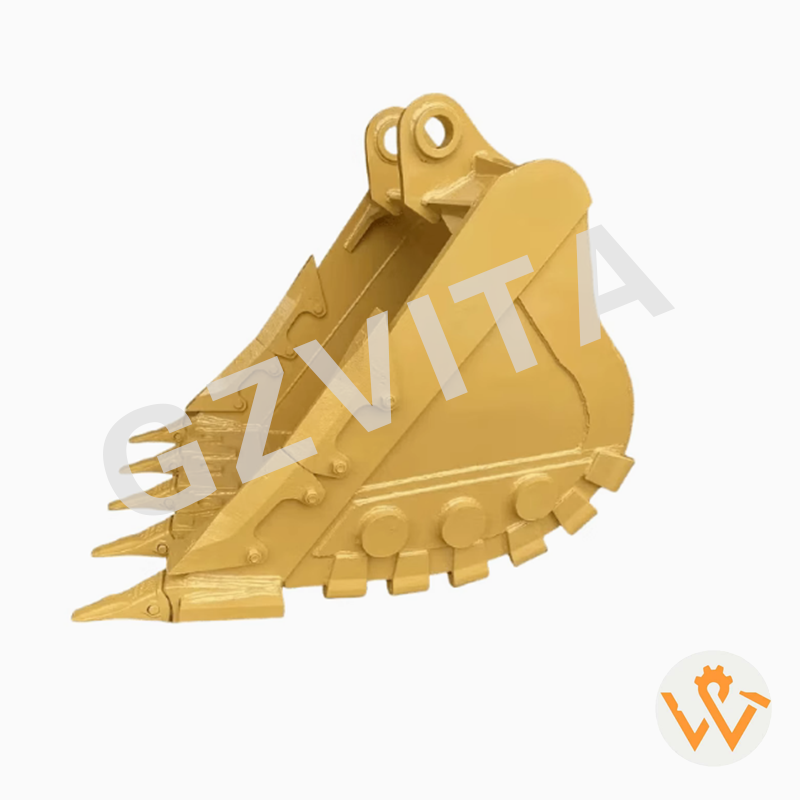
Heavy Duty Bucket 207-934-D605 For Excavator PC360-8M0
-
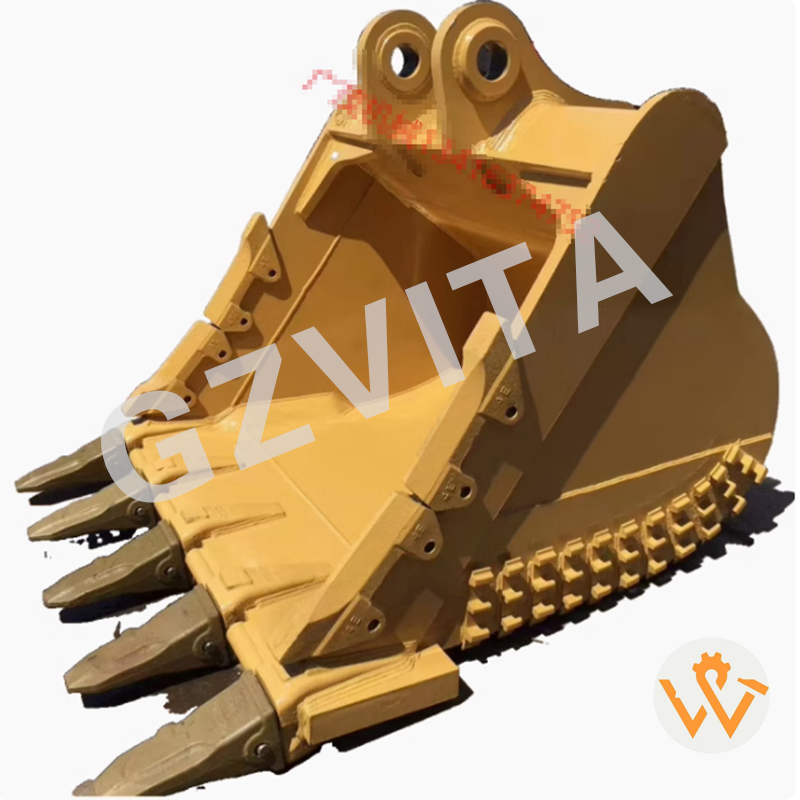
Heavy Duty Bucket 207-934-D605 For Excavator PC360-8M0 (01)
-
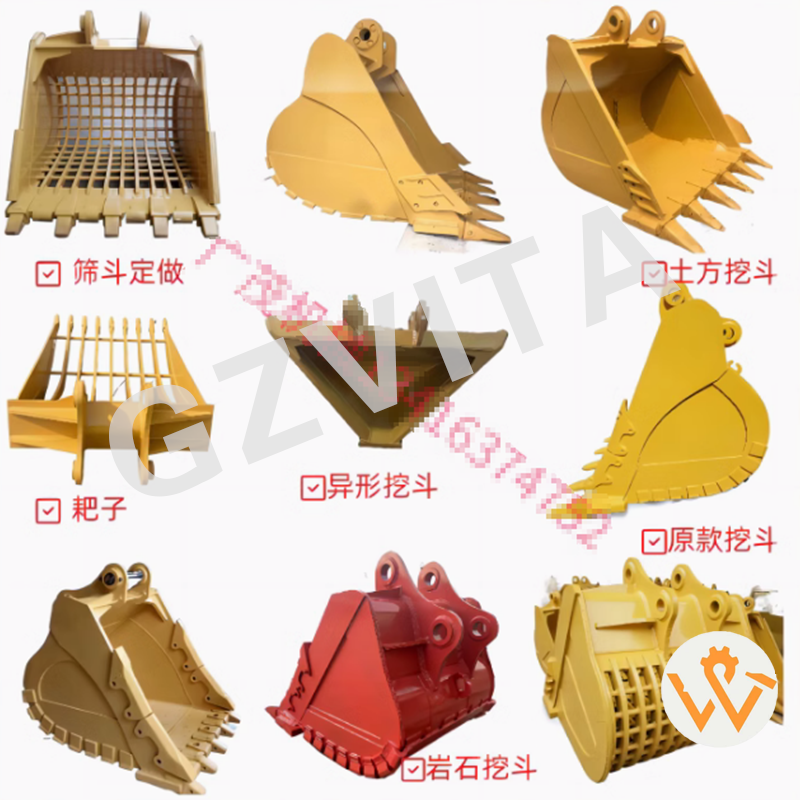
Heavy Duty Bucket 207-934-D605 For Excavator PC360-8M0 (02)



